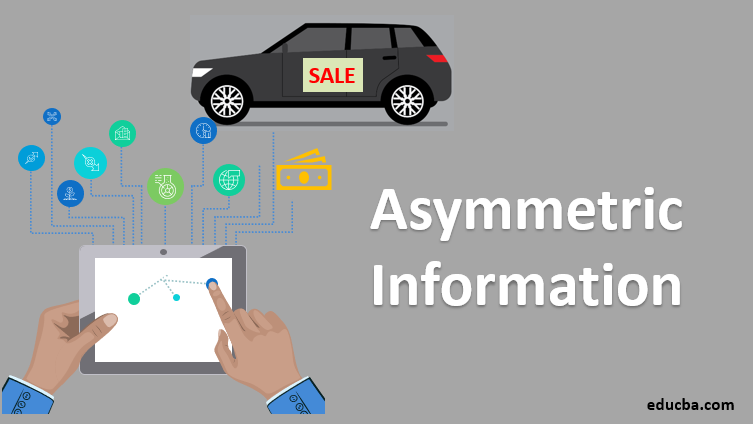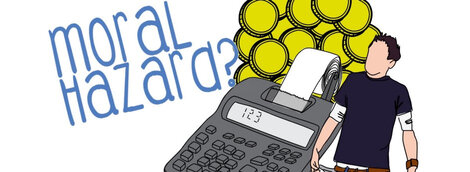International Banking – Asymmetric Information, Adverse Selection, Moral Hazard

Q: Discuss how insurance companies manage the problems of adverse selection and moral hazard.
A: Every insurance company deals with the asymmetric information as they rely on accurate and timely information. As adverse selection and moral hazard are day-to-day problems in the nature of the insurance industry. For an effective risk assessment, they try to minimize the adverse selection and moral hazard. If not minimized, they can result in large losses for the companies because they lead to compensation amounts higher than it should be (Baker, 2002).
1. Screening: In order to reduce adverse selection issues, insurance companies collect as much relevant information as possible and try to eliminate the good insurance risks from poor ones, this activity is called screening (Mishkin, 2004). For example, when we apply for a life insurance, insurance company asks us whether we have any medical conditions, if we smoke or use drugs, how’s our family’s medical history, are our parents alive or not, if we had a surgery before, etc. All the information is collected to process a effective risk assessment, and determine the policy holder’s appropriate risk level.
2. Risk-based premiums: In order to reduce adverse selection, insurance companies make classifications and categorizations of different risk levels (BC Campus (Ed.), 2020). For example, in car insurance industry, young males are considered higher risk profile than young females because the history shows that young males had more accidents than young females. Or, people residing in Scarborough is charged more than any other part of GTA, again because Scarborough’s accident rates were higher than other regions. If insurance companies don’t use this method, good ‘’insured’’ gets charged higher, and bad ‘’insured’’ gets charged lower than they deserve. When bad insureds charge lower, insurance company loses money on him/her.
3. Restrictive provisions: In order to reduce moral hazard, insurance policies include some clauses that forces policy holders to take or not take specific actions that may seem risky by the insurance companies. These restrictive provisions discourage policy holders to engage in activities that will cause insurance event to occur and insurance company to expose to a possible loss. For example, if a life insurance policy holder dies because he/she suicides, then the insurance company won’t be liable for the compensation.
4. Prevention of fraud: In order to reduce moral hazard, and to make sure that only the policy holders with valid claims receive compensation, insurance companies conduct investigations on the insurance events and claims (Mishkin, 2004). This investigation process may reveal that a policy holder files claims with invalid circumstances, or for the events that did not actually occur. This helps insurance companies to compensate only valid claims.
5. Cancellation of insurance: In order to reduce moral hazard, insurance companies hold the right to cancel the insurance policy in case certain events occur. For example, a car insurance company can say that if the policyholder gets X number of speeding tickets in a year, the policy will be cancelled. This threat to policyholders encourages them to keep their speed at reasonable levels.
6. Deductibles: In order to reduce moral hazard, insurance policies may have deductibles provision. Deductible is the fixed amount that’s incurred by the policyholder first if an insurance event occurs. For instance, if I have $1,000 deductible in my policy, and I incur a loss that costs $10,000, I’ll pay $1,000 and my insurance company covers the remaining $9,000.
7. Coinsurance: In order to reduce moral hazard, insurer and shareholder may share (co-insure) the risk. Coinsurance works in the same way that deductibles does. For instance, health insurance policies usually have coinsurance provisions that may state that the liability will be covered by 80% insurer, 20% insured person. This discourages policyholders to engage in risky activities that may cause insurance events to occur.
8. Limits on coverage: In order to reduce moral hazard, insurance companies need to make sure that their coverage is not more than the true value of the insured goods or events. For instance, if a policy holder’s car is insured more than its true value, then he/she may see no interest to prevent the damage or theft of the car, because when the car is stolen and insurance compensation is paid, he can buy even a better car with such high compensation amount. In order to eliminate these behaviours, policies usually include specific provisions to limit the abuse of the policy by policy holders (Mishkin, 2004).
References
Baker, T. (2002). Containing the Promise of Insurance: Adverse Selection and Risk Classification. Retrieved July 23, 2020, from https://papers.ssrn.com/sol3/papers.cfm?abstract_id=322581
BC Campus (Ed.). (2020). Insurance and Imperfect Information. Retrieved July 23, 2020, from https://opentextbc.ca/principlesofeconomics2eopenstax/chapter/insurance-and-imperfect-information/
Mishkin, F. S. (2004). The economics of money, banking and financial markets. Harlow, Essex: Pearson Education Limited.





